Johann Georg Schmidt (23 August 1694, Augsburg - 15 March 1767, Braunschweig) was a German engraver.
Schmidt came from Augsburg and first worked in Dresden and then the studio of Johann Georg Beck, also from Augsburg. After Beck died in 1722, Schmidt married his widow Anna Elisabeth (née Füllekrug), took over his studio and received the title of court-engraver. Schmidt trained his master's son Anton August in this studio. Schmidt and Beck mostly made portraits of the Braunschweigischen clergy and court figures, though his works were of lower quality than his predecessor and his son. [1]
After his death in 1767, his stepson Anton August Beck took over his birth-father's business and successfully led it until he died in 1787.

Friedrich Georg Weitsch was a German painter and etcher.

Ludger tom Ring the Younger was a German painter and draughtsman. His father and brothers were also painters. He primarily painted portraits and still lifes.
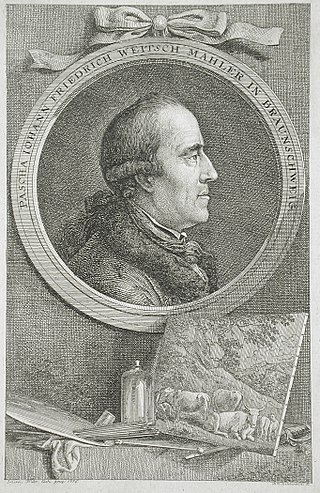
Pascha Johann Friedrich Weitsch was a German landscape painter and illustrator. His unusual first name was not a nickname derived from the Turkish word "Pasha", as is often stated. It came from his godfather, Pasche Wipperling, and was an abbreviation of "Paschalis".

Johann Arnold Ebert was a German writer and translator.

The Memorial to the Murdered Members of the Reichstag is a memorial in Berlin, Germany. The memorial is located in front of the Reichstag building and commemorates the 96 members of the parliament who died unnaturally between 1933 and 1945 (1948). The idea of creating the monument started in the 1980s, and the memorial was erected in September 1992. It was designed by Dieter Appelt, Klaus W. Eisenlohr, Justus Müller, and Christian Zwirner. The memorial is made of 96 cast iron plates, with the names, birth and death dates and places engraved on the edges. It has been designed so that it can be extended if new names are discovered in the future.
Eva von Trott, was the royal mistress of Henry V, Duke of Brunswick-Lüneburg, from 1522 until 1567. The affair was a contemporary scandal and was used as propaganda against the duke of Brunnswick in Wider Hans Worst by Martin Luther during the Schmalkaldic War.

Johann Oswald Harms was a German Baroque painter, engraver, and the first notable stage set designer of the Baroque. He worked for the Opernhaus am Taschenberg in Dresden, painting the ceiling and designing stage sets.

Christoph Bernhard Francke, also known as Bernhard Christoph Francken, was a German military officer and painter in the Baroque style.
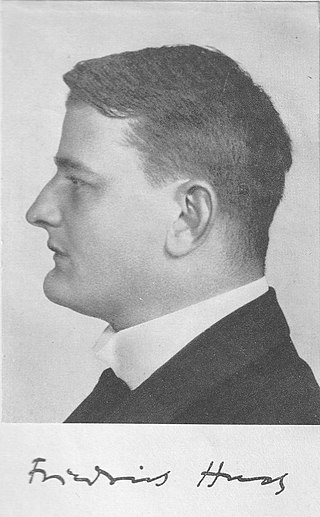
Friedrich Huch was a German writer.
Johann Christian Wernsdorf I was a German writer, poet, and rhetorician.
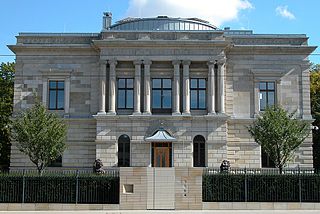
Ludwig Arnold Rimpau was a German estate owner and entrepreneur.
Paul Francke was a German Renaissance architect, most notable as director of works for the Duchy of Brunswick-Lüneburg from 1564 until his death in 1615. His works include the Juleum Novum in Helmstedt, the Marienkirche in Wolfenbüttel and the Burganlage in Erichsburg.
Wilhelm de Raet was a Dutch hydraulic engineer and master builder, most notable for his work in Lucca in Italy.
Balthasar Cellarius as a German Lutheran theologian and preacher. He wrote prolifically. In 1642 he moved to the University of Helmstedt where became a professor in New Testament studies.
Christian Ludewig Theodor Winkelmann, also spelled Winckelmann was a German piano maker.
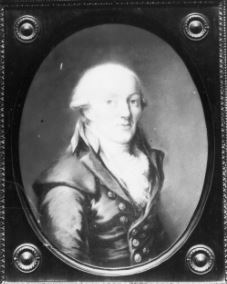
Christian Gottlob Langwagen was a German architect who served as a Master Builder for the Duchy of Brunswick-Lüneburg).
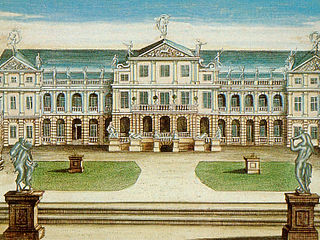
Johann Balthasar Lauterbach was a German mathematician, architect and master builder at the Court in Braunschweig, from 1688 until his death.
Erika Eschebach is a German woman historian and since 1 March 2010 director of the Dresden City Museum.
Christoph Treutmann ), also Christoph Treutmann der Ältere unlike his son of the same name, was a German organ builder of the Baroque period. He learned in Magdeburg from Heinrich Herbst and also founded his own workshop there. His most important surviving work is the great organ of the Stiftskirche Grauhof.
Gertrude the Elder of Brunswick, also known as Gertrude of Egisheim, donated together with her husband Liudolf of Brunswick the collegiate church of St. Blasius in Braunschweig and founded the later so-called Welfenschatz.